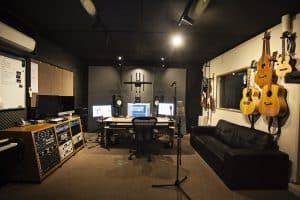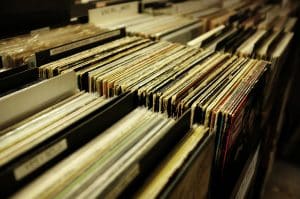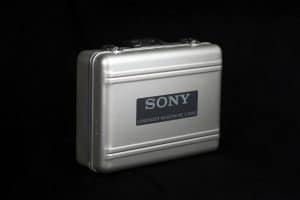Recording Studios Sydney: At the start of the 1960s bass players in the UK were pretty spoilt for choice. The trade embargo with America was finally lifted so along with all the continental names including Framus and Hofner we had Fender, Gibson, Harmony, Rickenbacker, Gretsch and Danelectro.
It was like all our Christmases had come at once! Lots of different styles, shapes and sizes but while the early bass guitar designs may have differed slightly on scale length they were all presented as four-stringed instruments. This was taken from the popular upright basses that were in common use at the dawn of the bass guitar and although 5-string uprights were available these were mainly used in orchestras.
Recording Studios Sydney: the Evolution of the Bass
The first time a bass guitar received more than four strings was when Danelectro introduced the UB-2 bass as early as 1956. It didn’t last that long as production ceased in 1959, but it certainly made a lasting impact. Although tuned an octave below a regular guitar it was not actually aimed at bass players, rather it was a rich sounding deep baritone guitar that could be heard to great effect on Duane Eddy and Everly Brothers records of the time. When production ended session players were still using the UB-2 so Fender decided to get in on the action.
Recording Studios Sydney: Fender Bass VI
In 1961 Fender released their impressive Bass VI onto the market. Again this was intended to be a lead instrument and in Britain Jet Harris used it on his early solo recordings as just that. However, with it’s slightly shorter scale and tight flatwound string sound it soon found favour with UK bass players too. Jack Bruce, Eric Haydock and Klaus Voorman were seen constantly using the Fender VI on TV with Cream, the Hollies and Manfred Mann and the multi-string idea caught on.




